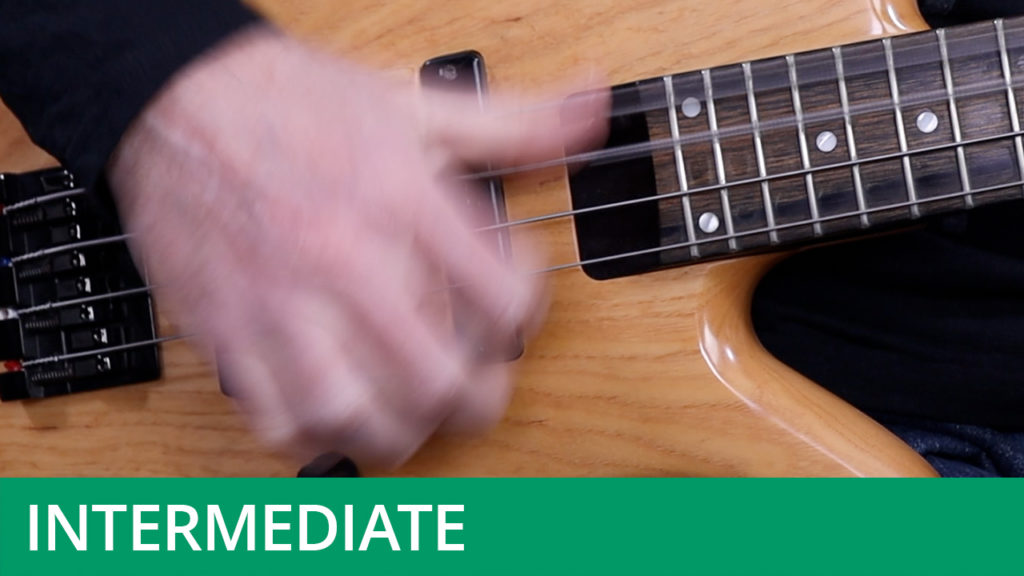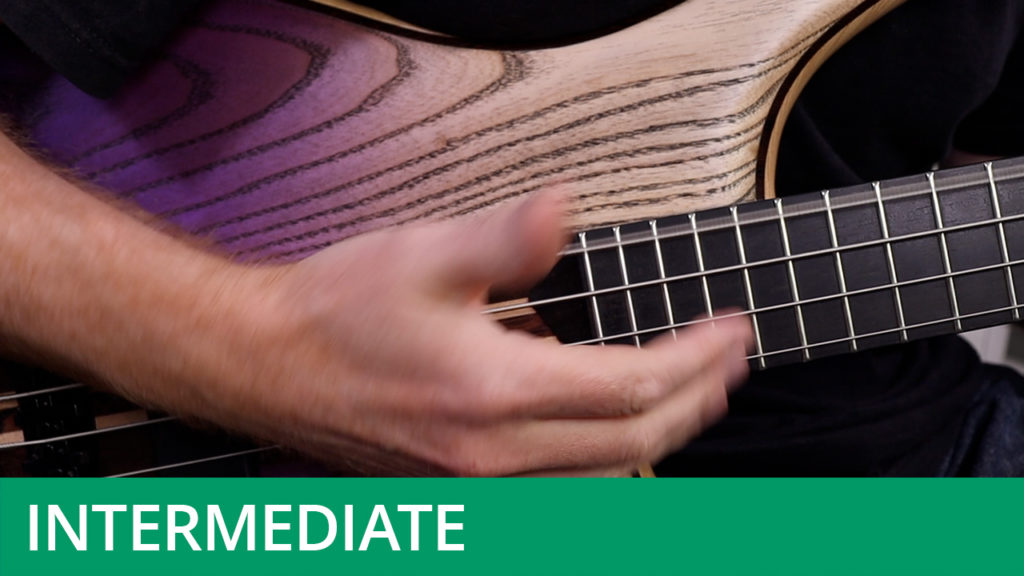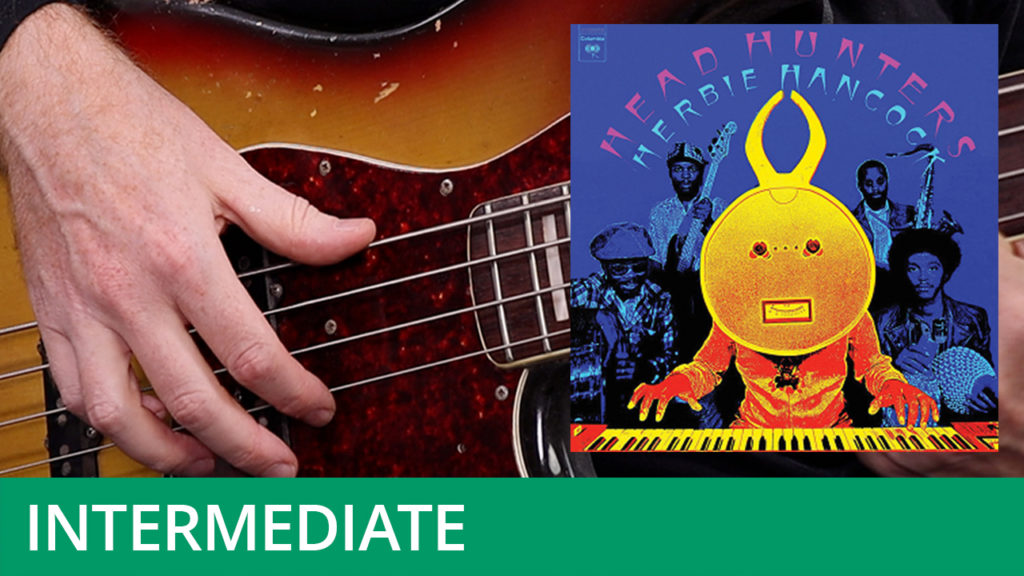Using Tenths
Course Duration: 33 Minutes | Difficulty Level: 3
Tenths – compound major and minor thirds – are an important part of the bass player’s toolkit, regardless of which playing style you are using. When it comes to the slap technique, tenths are often employed as an alternative to popped octave notes. Using them in this way adds harmonic clarity to a line.
There are two kinds of tenths – major and minor. Each one is essentially a major or minor third interval but played more than an octave above the root note. Tenths allow bass players to suggest or reinforce harmony and occur often in slap bass lines. Tenths can also be played using open strings, something bassists such as Stanley Clarke and Mark King often do in their playing.
Don’t forget to hit the Download Resources button above in order to download the PDF worksheet and audio files for this course (available to subscribers only). The worksheet is available with TAB and without, for those who wish to give their reading skills a workout.




